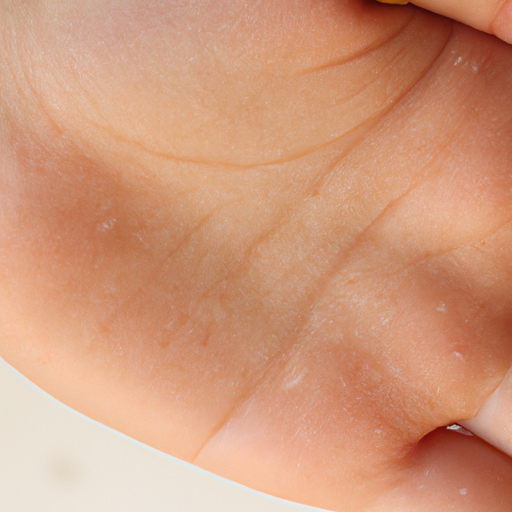Botox, a household name in the realm of cosmetic procedures, has been a game-changer in the world of wrinkle reduction. It is a non-surgical treatment that has revolutionized the way we approach aging, offering an effective solution to combat the inevitable signs of time. But what exactly is Botox, and how does it work its magic? Let’s take a deep dive into the world of this fascinating wrinkle reducer.
Botox, short for Botulinum toxin, is a neurotoxic protein produced by the bacterium Clostridium botulinum. Despite its toxic origins, when used in small, controlled amounts, Botox can have significant aesthetic benefits. It was first approved by the FDA for cosmetic use in 2002, and since then, its popularity has skyrocketed.
The magic of Botox lies in its ability to temporarily paralyze muscles. When injected into specific muscles, Botox blocks the signals from the nerves to the muscles, preventing them from contracting. This results in a temporary relaxation and softening of the wrinkles and fine lines caused by repetitive muscle movements.
Botox is most commonly used to treat wrinkles and lines on the forehead, between the eyebrows (glabellar lines), and around the eyes (crow’s feet). However, its uses extend beyond just wrinkle reduction. It is also used to treat conditions like excessive sweating (hyperhidrosis), migraines, and certain eye disorders.
The procedure itself is quick and relatively painless. A fine needle is used to inject Botox into specific muscles with the entire process taking approximately 10-15 minutes. The effects of Botox are not immediate; they gradually develop over 3-7 days post-treatment and typically last for 3-4 months.
One of the key advantages of Botox is that it offers noticeable results without the need for invasive surgery or significant downtime. Patients can return to their daily activities immediately after treatment. However, like any medical procedure, Botox does come with potential risks and side effects. These may include pain at the injection site, bruising, headache, and in rare cases, drooping eyelids or eyebrows.
The success of Botox treatment largely depends on the expertise of the practitioner. It is crucial to choose a qualified and experienced professional who understands facial anatomy and can administer the correct dosage. Overuse or incorrect placement can lead to a ‘frozen’ or unnatural look.
In conclusion, Botox has indeed unmasked a new era in the world of wrinkle reduction. It offers a quick, effective, and minimally invasive solution to combat signs of aging. However, it is not a one-size-fits-all solution and should be considered as part of a comprehensive skincare regimen. As with any cosmetic procedure, it is essential to have realistic expectations and understand that while Botox can help reduce the appearance of wrinkles, it cannot stop the aging process. With the right approach and expert guidance, Botox can indeed work its magic, helping individuals look as young as they feel.



